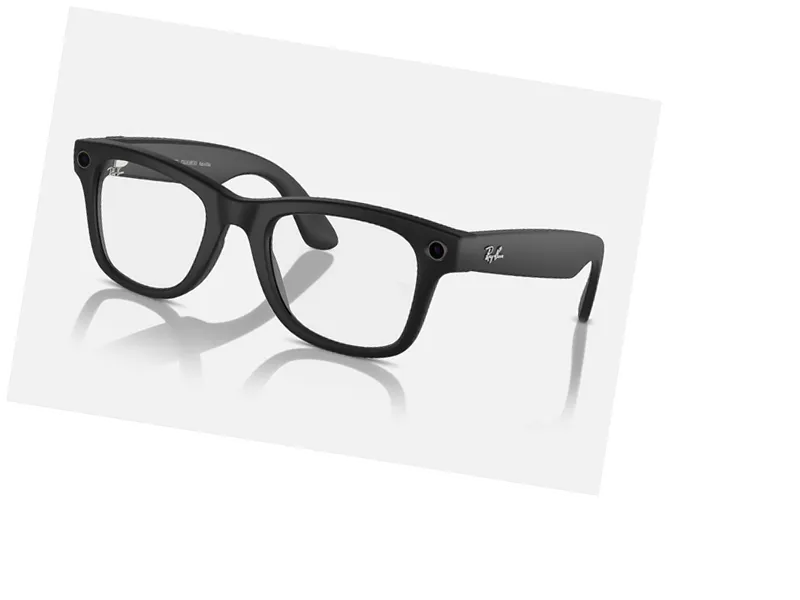Russian Scientists Develop Ultra-Thin Magnetic Microwires for Smart Materials
Russian researchers from NUST MISIS have made a groundbreaking advancement in the field of smart materials with the creation of ultra-thin amorphous microwires. These microwires, measuring just 30 micrometers in diameter—thinner than a human hair—are designed for use in contactless sensors and other smart devices. The findings were published in the journal Physics of Metals and Metallography and highlight the potential for significant cost reductions and simplifications in producing such technologies.
The microwires are crafted from amorphous ferromagnetic alloys, which exhibit several advantageous properties including biocompatibility, durability, and high magnetic sensitivity. Ferromagnetic materials are known for their strong response to external magnetic fields, and the unique characteristics of these microwires allow them to generate additional frequencies in electrical signals when subjected to external influences. This capability makes them suitable for applications as contactless sensors that can detect mechanical deformation.
According to Nikolai Yudanov, an associate professor at NUST MISIS, the magnetic properties of these microwires are significantly influenced by mechanical loads. For instance, stretching the wire alters its magnetization direction and affects how it responds to external magnetic fields. This innovative approach provides a means to monitor deformation and damage remotely, paving the way for their integration into smart materials.
Potential Applications in Medicine and Beyond
The development of these microwires also includes a magnetic system for contactless data collection, comprising flat magnetic coils that can remagnetize the wire and read the resulting electrical voltage signal. This advancement not only makes the microwires thinner and cheaper than existing alternatives but also opens avenues for their application in medical technology.
The researchers envision these microwires being utilized in smart implants, allowing doctors to monitor the condition of implants without invasive procedures. However, further studies are necessary to understand their behavior in environments such as MRI machines. Theoretical calculations suggest that their small diameter could make them suitable for such applications, indicating a promising future for smart materials in healthcare.
Larisa Panina, a professor at the Department of Electronic Materials Technology, emphasized the potential of these amorphous microwires in developing remote monitoring technologies for mechanical stress and temperature. The implications of this research could lead to significant advancements in both smart materials and medical applications.





